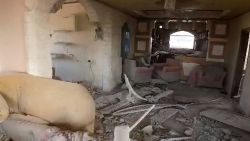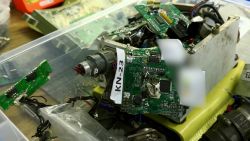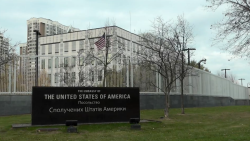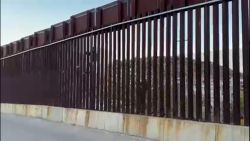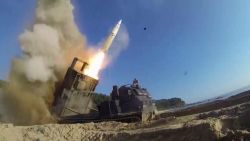It was around 5:30 in the morning on Thursday in Washington, DC, when senior US officials first got word — and photographs — from their Israeli counterparts: Hamas leader Yahya Sinwar might be dead.
For more than a year since Hamas attacked Israel last October 7, Israeli forces — with some quiet help from the United States — had been hunting the mastermind behind that day.
More than once, they had been close, pushing the Hamas chief from one underground hiding place to the next. But Sinwar had moved like a ghost in the endless warren of tunnels dug beneath the streets of Gaza, rarely coming above ground and communicating only through courier to avoid detection by electronic surveillance.
In the end, it was only by pure accident that a group of Israeli soldiers stumbled on Israel’s most wanted man.
Infantry soldiers from the IDF’s Bislamach Brigade, a unit that normally trains future commanders, had been tracking several men among the ruins in southern Gaza, pulverized by Israel’s punishing bombing campaign. Gunfire broke out. The Israelis fired back from a tank and sent a drone swooping into one of the hollowed-out buildings.
It was only after the exchange of fire had ended and troops returned the following morning to inspect the rubble that they realized one of the bodies was Sinwar.
His death marks the end of a yearlong manhunt that had consumed Israeli and US intelligence services — and dominated discussions about what it would take to end the war. The CIA had set up a specific task force to track Sinwar; and after October 7, the US broadly surged intelligence assets to the region to gather information on Hamas and its leader.
Yet, multiple US officials told CNN, the moment of his death came as a total surprise.
Israeli and US officials often had some sense of the general area where Sinwar was hiding over the long months. But the elusive Hamas leader moved constantly and made pinpointing his location extremely difficult.
He eschewed cell phones and other electronic communications entirely, instead sending written notes to convey his directions both to military commanders inside Gaza and to Hamas officials in Doha who were acting as his representatives in negotiations over a possible ceasefire. Interlocutors would sometimes have to wait days or weeks for feedback from Sinwar to give couriers time to relay written messages back and forth.
Sinwar had not appeared publicly since October 7. His only known direct communication with the outside world was through several letters, most recently last month when he wrote to Hezbollah chief Hassan Nasrallah. The Lebanese militant group said he had written to Nasrallah reaffirming his commitment to fighting Israel and supporting the Iran-backed alliance of regional militants known as the “Axis of Resistance.”
For so long, Sinwar had been known to be meticulously careful, even paranoid, about his personal security. It’s unclear what drew him above ground on Wednesday — a fateful decision that made him vulnerable.
“These guys come out of hiding and can never stay comfortable,” one US official said.
A year of near misses
Over and over, it seemed that the IDF was always just a step behind Sinwar.
On at least three separate occasions in 2024, Israel Defense Forces were able to push into tunnels where Sinwar had only just been.
In January, according to a top IDF commander, DNA evidence helped Israel confirm that he had been hiding in a tunnel beneath Khan Younis in early October 2023. CNN was unable to independently confirm that analysis.
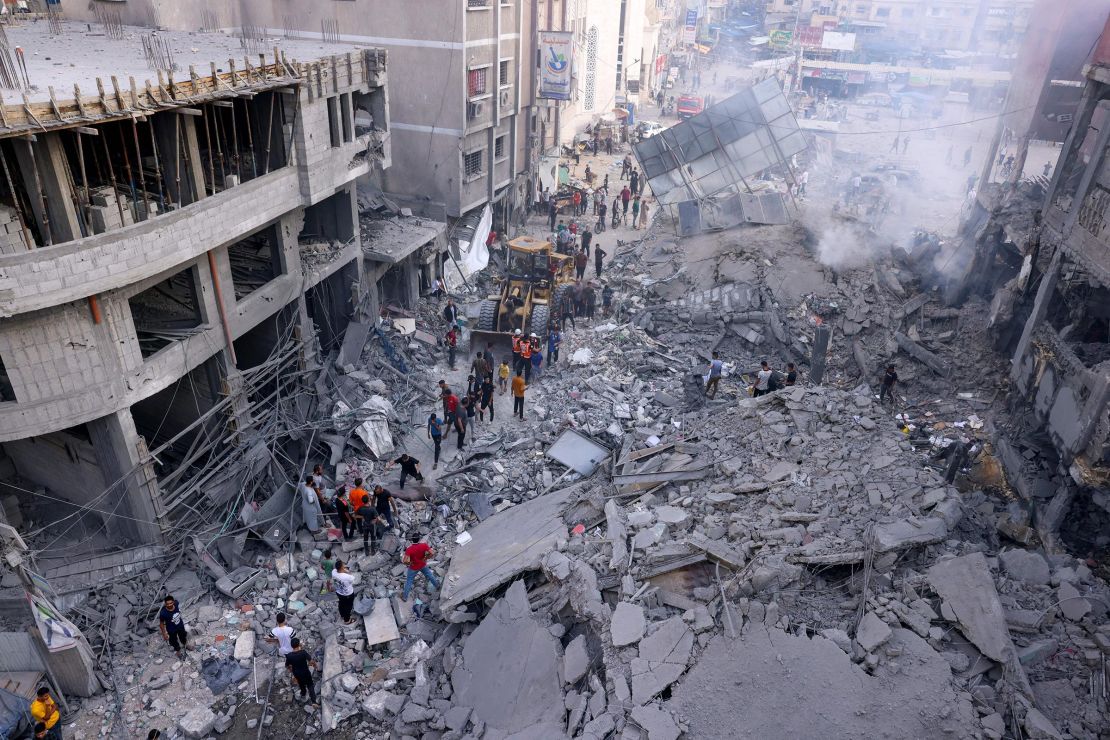
International media have been blocked from accessing Gaza independently since the war started. The only way in is with an Israeli military escort, which means reporters are only allowed to see what Israel wants them to see.
In February, CCTV camera footage purportedly showed Sinwar inside a tunnel in the same area just days after the October 7 attack, moving through a dim tunnel with his wife, children and his brother Ibrahim Sinwar.
As the IDF began closing in on Khan Younis, the city of his birth, Sinwar appeared to have moved south. The IDF said this week that they found his DNA in a tunnel in Rafah, a few hundred meters from where six hostages were killed in August.
He was killed on Wednesday not far from that tunnel, in a part of Rafah called Tal Al Sultan that had been squared off by the Israeli military after intensified attacks by two Hamas battalions all summer.
US intelligence collection was effective enough that officials had some windows into Sinwar’s mindset over the long months.
At one point over the summer, the CIA has assessed that Sinwar, facing blame for the enormity of the suffering in Gaza, was under pressure from his own military commanders to accept a ceasefire deal and end the war with Israel.
As Israel hunted for Hamas operatives hiding in the vast network of underground tunnels, the IDF at times sent in dogs, ferrets and robots rather than soldiers.
Sometimes, when a dog would not return back above ground, the IDF wondered whether it was because of a lack of oxygen in some parts of the tunnel that were multiple stories below ground level. At other times, the robots would get shot at – confirming that there was, in fact, Hamas presence.
But he remained frustratingly beyond reach.
It seems clear that the IDF did not know he was near Tal Al Sultan until after he was killed; In mid-September, the IDF took CNN and other media to the area. At that time, the IDF gave no indication that Sinwar could be there — and it’s unlikely it would have taken reporters to a location where it believed him to be hiding.
DNA and dental records
On Thursday morning, top Israeli and American officials stayed in close contact as the IDF worked to confirm with certainty that the body found in the rubble in northern Rafah was, in fact, Sinwar.
But even before that official confirmation would come some hours later, pictures of Sinwar’s body had senior US officials feeling confident that the mastermind of the October 7 attacks had finally been killed.
By midday in Washington, Israel had used DNA and dental records to confirm the identity of the body, holdings in Israel’s possession because of Sinwar’s time in an Israeli prison.
In his final fight, Sinwar, along with two other men, threw grenades and fired weapons at the surrounding Israeli soldiers, who responded with their own gunfire. Sinwar, armed with a vest and a gun and $10,000 in Israeli shekels, fled alone to another building.
In the moments before his death — which Israeli officials have said was caused by a bullet to the head — Israeli troops flew a drone into the heavily damaged building where he had fled. A video from the drone, released by the Israeli military, offers a silent account of his final moments. It hovers in an upstairs room, where a masked figure sits alone in a chair, surrounded by dust and rubble. The figure holds a piece of wood in his hand, and, a split-second before the video ends, hurls it at the drone.
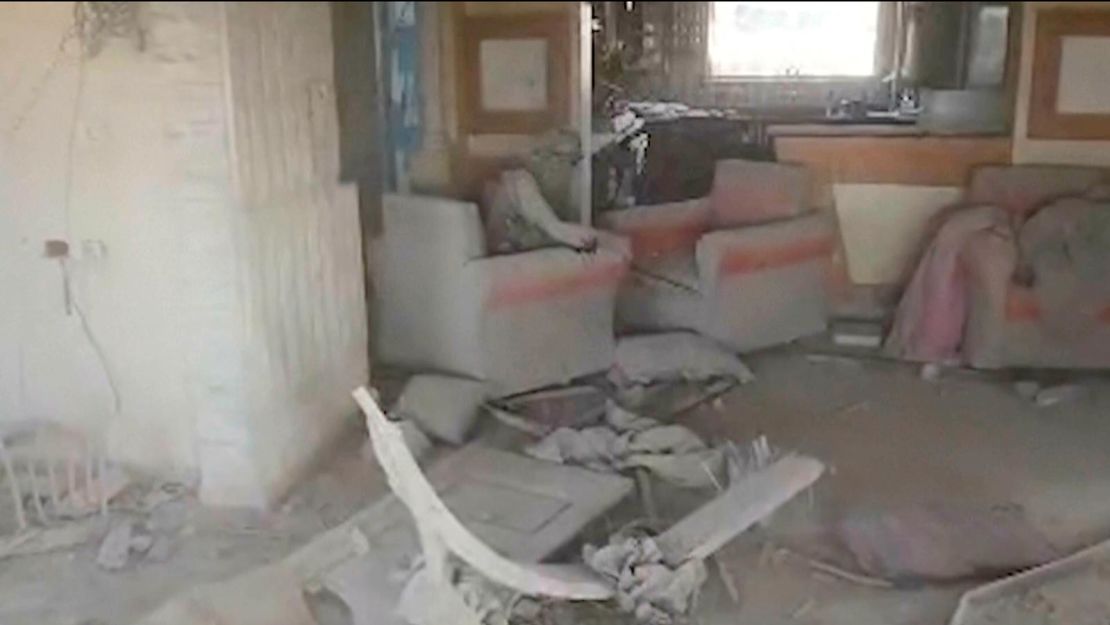
Already, Iran has praised Sinwar as a martyr who died fighting, face-to-face with his enemy.
Over the past several months, American officials came to believe Sinwar had grown increasingly hardened — both in his determination to continue fighting Israel in Gaza but also in his own fatalistic outlook.
Sinwar did not expect he would survive the war, one US official said. Because he believed he would eventually be killed, he had little motivation to agree to a ceasefire, US officials assessed — leaving talks in a perpetual deadlock.
Instead of seeking peace in Gaza, American officials suspected Sinwar wanted the conflict to continue without an endpoint, bogging down Israel and damaging its international reputation.
To the end, US intelligence officials believed that Sinwar was unconcerned with his own mortality, and determined to continue the fight.
Correction: This story has been updated to correct the spelling of the Bislamach Brigade.




